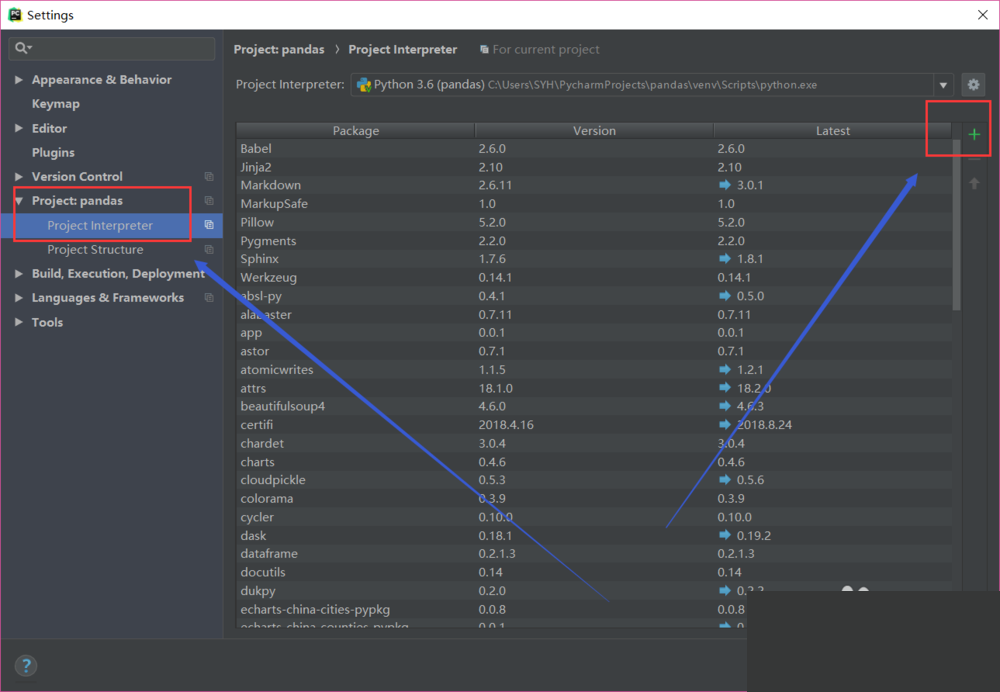对pytorch网络层结构的数组化详解
最近再写openpose,它的网络结构是多阶段的网络,所以写网络的时候很想用列表的方式,但是直接使用列表不能将网络中相应的部分放入到cuda中去。
其实这个问题很简单的,使用moduleList就好了。
1 我先是定义了一个函数,用来根据超参数,建立一个基础网络结构
stage = [[3, 3, 3, 1, 1], [7, 7, 7, 7, 7, 1, 1]]
branches_cfg = [[[128, 128, 128, 512, 38], [128, 128, 128, 512, 19]],
[[128, 128, 128, 128, 128, 128, 38], [128, 128, 128, 128, 128, 128, 19]]]
# used for add two branches as well as adapt to certain stage
def add_extra(i, branches_cfg, stage):
"""
only add CNN of brancdes S & L in stage Ti at the end of net
:param in_channels:the input channels & out
:param stage: size of filter
:param branches_cfg: channels of image
:return:list of layers
"""
in_channels = i
layers = []
for k in range(len(stage)):
padding = stage[k] // 2
conv2d = nn.Conv2d(in_channels, branches_cfg[k], kernel_size=stage[k], padding=padding)
layers += [conv2d, nn.ReLU(inplace=True)]
in_channels = branches_cfg[k]
return layers
2 然后用普通列表装载他们
conf_bra_list = [] paf_bra_list = [] # param for branch network in_channels = 128 for i in range(all_stage): if i > 0: branches = branches_cfg[1] conv_sz = stage[1] else: branches = branches_cfg[0] conv_sz = stage[0] conf_bra_list.append(nn.Sequential(*add_extra(in_channels, branches[0], conv_sz))) paf_bra_list.append(nn.Sequential(*add_extra(in_channels, branches[1], conv_sz))) in_channels = 185
3 再然后,使用moduleList方法,把普通列表专成pytorch下的模块
# to list self.conf_bra = nn.ModuleList(conf_bra_list) self.paf_bra = nn.ModuleList(paf_bra_list)
4 最后,调用就好了
out_0 = x
# the base transform
for k in range(len(self.vgg)):
out_0 = self.vgg[k](out_0)
# local name space
name = locals()
confs = []
pafs = []
outs = []
length = len(self.conf_bra)
for i in range(length):
name['conf_%s' % (i + 1)] = self.conf_bra[i](name['out_%s' % i])
name['paf_%s' % (i + 1)] = self.paf_bra[i](name['out_%s' % i])
name['out_%s' % (i + 1)] = torch.cat([name['conf_%s' % (i + 1)], name['paf_%s' % (i + 1)], out_0], 1)
confs.append('conf_%s' % (i + 1))
pafs.append('paf_%s' % (i + 1))
outs.append('out_%s' % (i + 1))
5 顺便装了一下,使用了python局部变量命名空间,name = locals(),其实完全使用普通列表保存变量就好了,高兴就好。
以上这篇对pytorch网络层结构的数组化详解就是小编分享给大家的全部内容了,希望能给大家一个参考,也希望大家多多支持【听图阁-专注于Python设计】。
